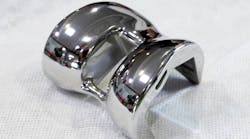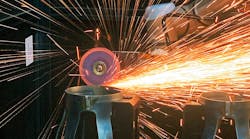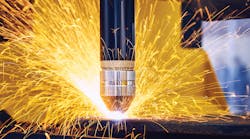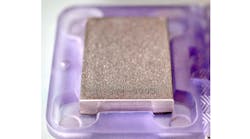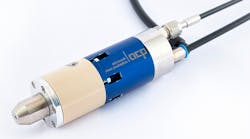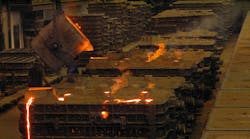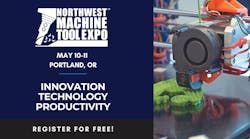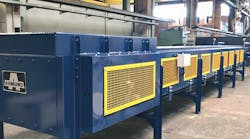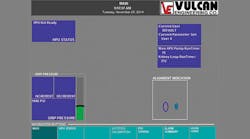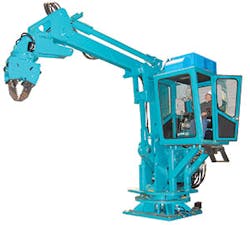Digital controls are the latest technological improvement Vulcan Engineering has applied to its manipulator systems, exploiting practical capabilities while maintaining simplicity and ease of use. Action® manipulators have been the object of an important design evolution, driven by reliability, maintainability, efficiency and cost of ownership. In each respect, the developers have worked to minimize the component count, maximize commonality and availability, and ensure ease of maintenance.
Most manipulators commercially available today are based on technology developed in the 1980s, with some incremental improvements applied in the 1990s and more recently. Combining the input from metalcasting customers with the best of industrial technology in all areas, Vulcan engineers worked to establish a new standard for severe-duty manipulators.
The new control design has been engineered with the hand control as the primary user interface. This hand control is instantly intuitive, as the operator’s hand motion directly corresponds to the boom motion. A user-friendly HMI provides real information during normal operation, as well as error/alarm events that improves the overall performance effectiveness.
For system operators, the advantages of digital process control in manipulators are numerous. To start, the open-architecture control system uses industry-standard, commercially available components. There is no proprietary hardware, and installations are highly customizable. Even so, the operator will have available a complete system of process controls using network I/O.
In addition, the manipulator installation requires minimal cabling, which increases reliability with Ethernet connectivity. System status and error/fault indications are plainly displayed on the HMI. There are intuitive diagnostic functions, with no error codes or LEDs for the operator to decipher in case of a process delay or misfire.
The PLC controls all the valves directly. Motion control tuning is performed entirely from the cab, with GUI on the HMI. There are no external driver cards or proprietary boards, which means fewer connections and simplified maintenance and optimization routines. The operators can program “soft” limits from the HMI for the closed-loop axes, and the operating envelope can be constrained to fit virtually any scenario.
The system offers a network I/O connection for the HPU, and a customizable HMI in the cab. As described by the Vulcan Engineering developers, the possibilities for monitoring and controlling peripheral equipment from the manipulator cab are “virtually infinite.”
Several standard models are offered, with payload capacity from 500 to 3000 kg and sweep envelopes to meet individual customers’ requirements. Additionally, attachments are available for various applications, such as hot casting grapples, riser-knockoff Impactors™, and combination grapple/Impactors™.
These digital devices offer advantages beyond the production process. Because they have been designed with extensive application of FEA and 3D modeling, to optimize the manipulators’ structural geometry, there is less unit stress overall, minimized power requirements, and maximum reliability for the operator.
Vulcan Engineering selects non-proprietary hydraulic cylinders throughout the design, and the primary axis cylinders are identical, which reduces the need for parts inventory. Bearings, valves, electronics, and other non-proprietary components are readily available from multiple sources, which makes the system cost-effective for the enterprise. The developer calls its Digital Series Action® Manipulator an “up-to-date design” that offers the latest technology in mechanical and hydraulic components, and incorporates industry-standard digital controls that are open, customizable, and expandable with no proprietary components.
Visit www.vulcangroup.com.
